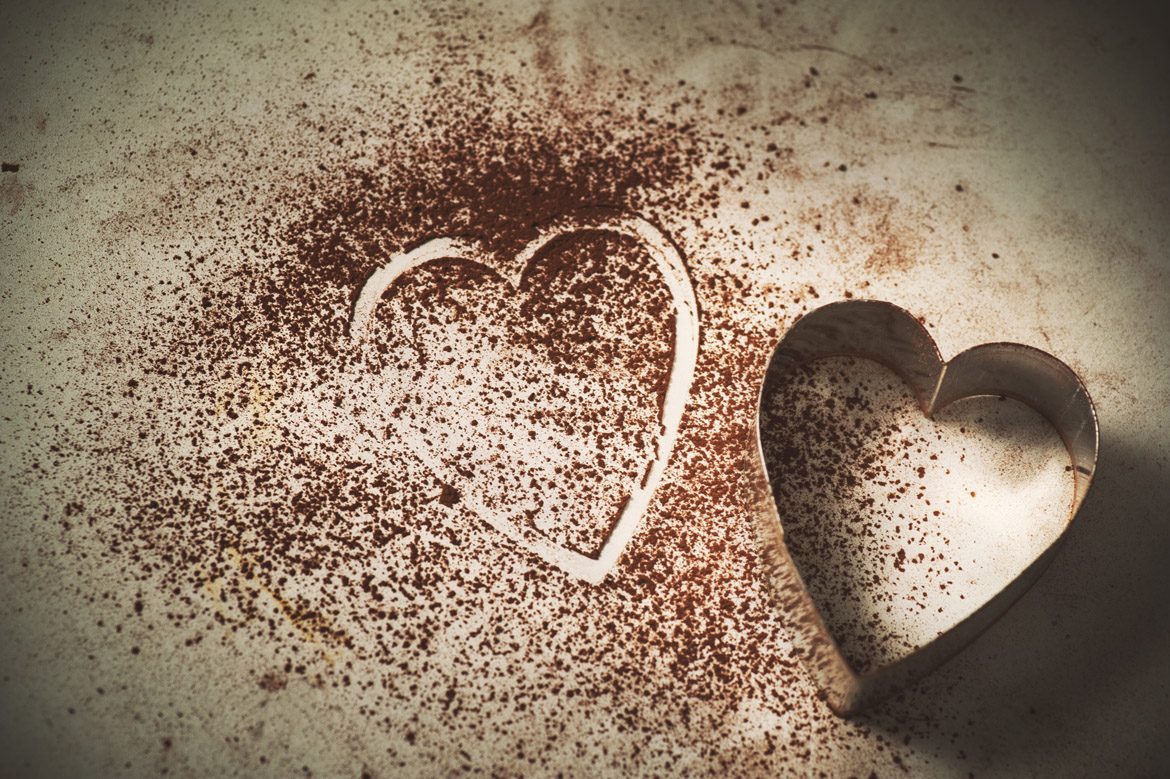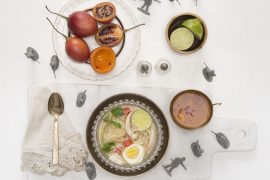By Sally Saint
Chocolate is one of those confectioneries that we all have a strong imprint inside us for. As adults, it brings up a response of either totally devouring it or doing our best to avoid it! We can have the reasoning that it lifts our spirits or we feel it is a huge treat to have it. The ability of duality with chocolate is something that we don’t get with any other kind of food. It has become the most loaded of consumables. Love or hate and even loaded with guilt for enjoying it.
Witnessing my child growing up in this environment, with such a loaded food product, has been an interesting journey. Being dairy intolerant myself and also my son, chocolate wasn’t in our family home at all.
It was the outside world that started to influence my son. In entering into the circle of life away from my arms he was exposed to the phenomenon of chocolate.
With hilarity now, I have seen first-hand my son’s absolute determination to like chocolate. It took over six months of him wanting chocolate and myself buying a healthy alternative, for him eventually to get his taste buds to accept chocolate as a liked food taste. In that period of time it was a mother’s duty to eat what he didn’t like, after a small bite had been taken out and discarded. A mother’s work is never done and leftovers are one of the perks!
Being dairy-free, the options are healthier, although it is a challenge to find sugar-free and dairy-free chocolate that he would accept. I have loved the raw food upsurge and cacao is an amazing product. In my early years of intolerances, the free-from range tasted absolutely awful, so I am grateful for the rise in healthy and tasty alternatives.
The reason he persevered in his quest for chocolate love was the society that we have around us; and the reason I allowed it was because we as parents have a duty to guide our children in this world. I showed him healthy alternatives but also I showed an understanding of the bigger picture.
We are bombarded with marketing, and boy does it work. It is the colours and pictures on products; the positioning in supermarkets is at the level a child can view. However in amongst all this marketing are people, and we have choices to make.
In banning something completely, in making it a taboo, it also creates an allure around it. So temporarily we may be able to have the child who touches no chocolate, but what happens when they step away from us?
So I allow dairy-free chocolate to be consumed by my son. I buy him a box and twice a week he can have a bar from this box. The box is where he puts it, the decision on what days he has it are his. He then has choice and in choice comes freedom.
See next page for the rest…











